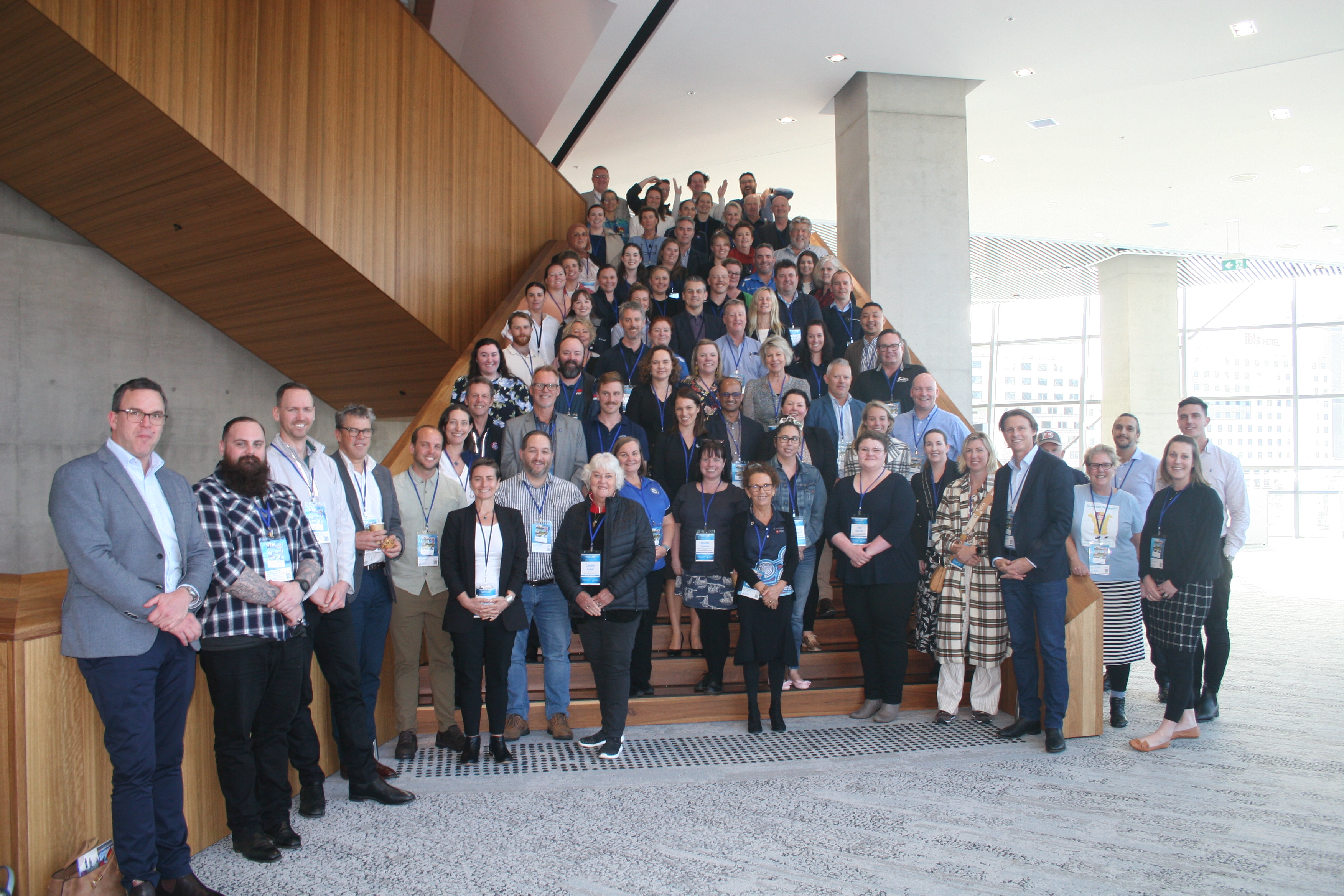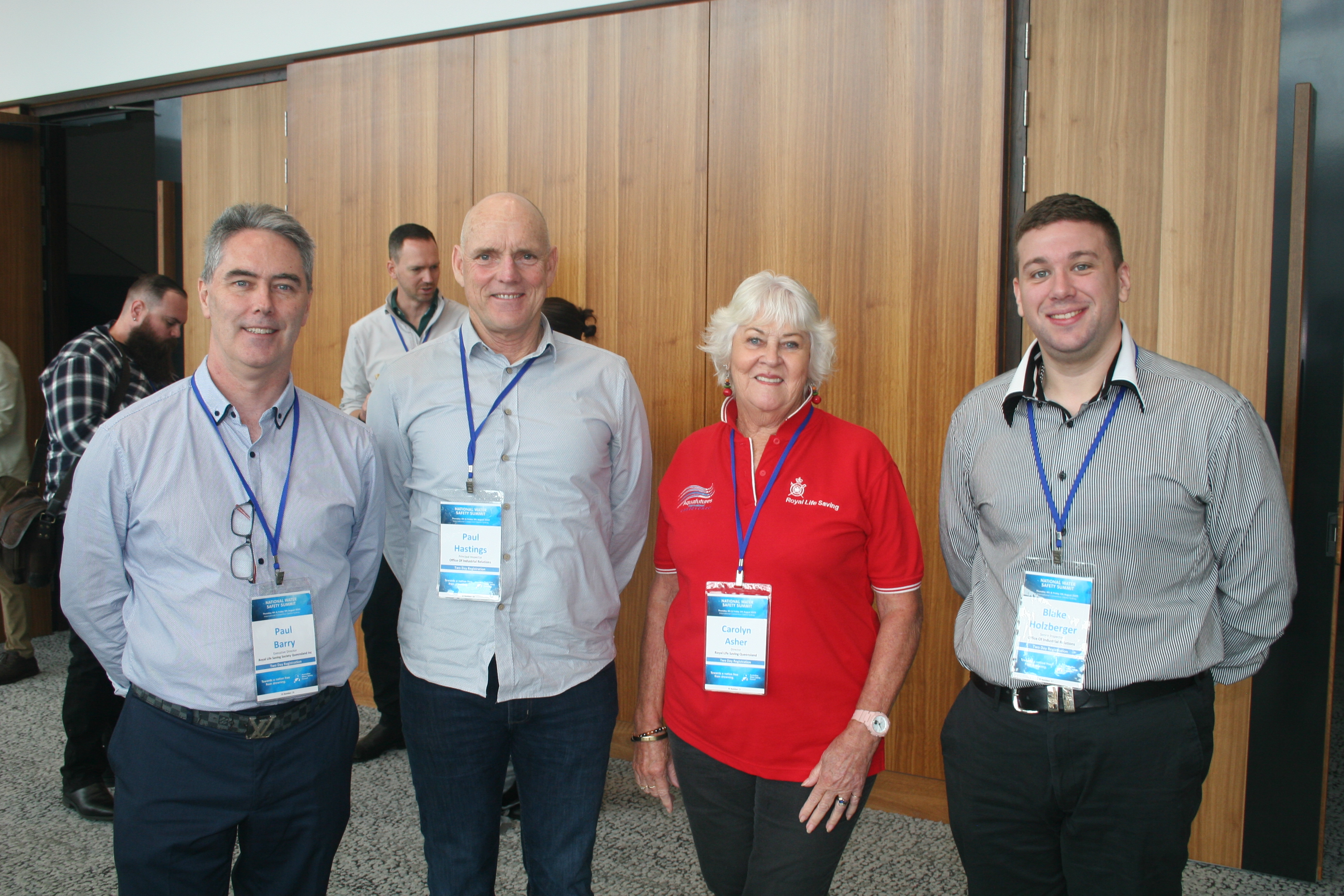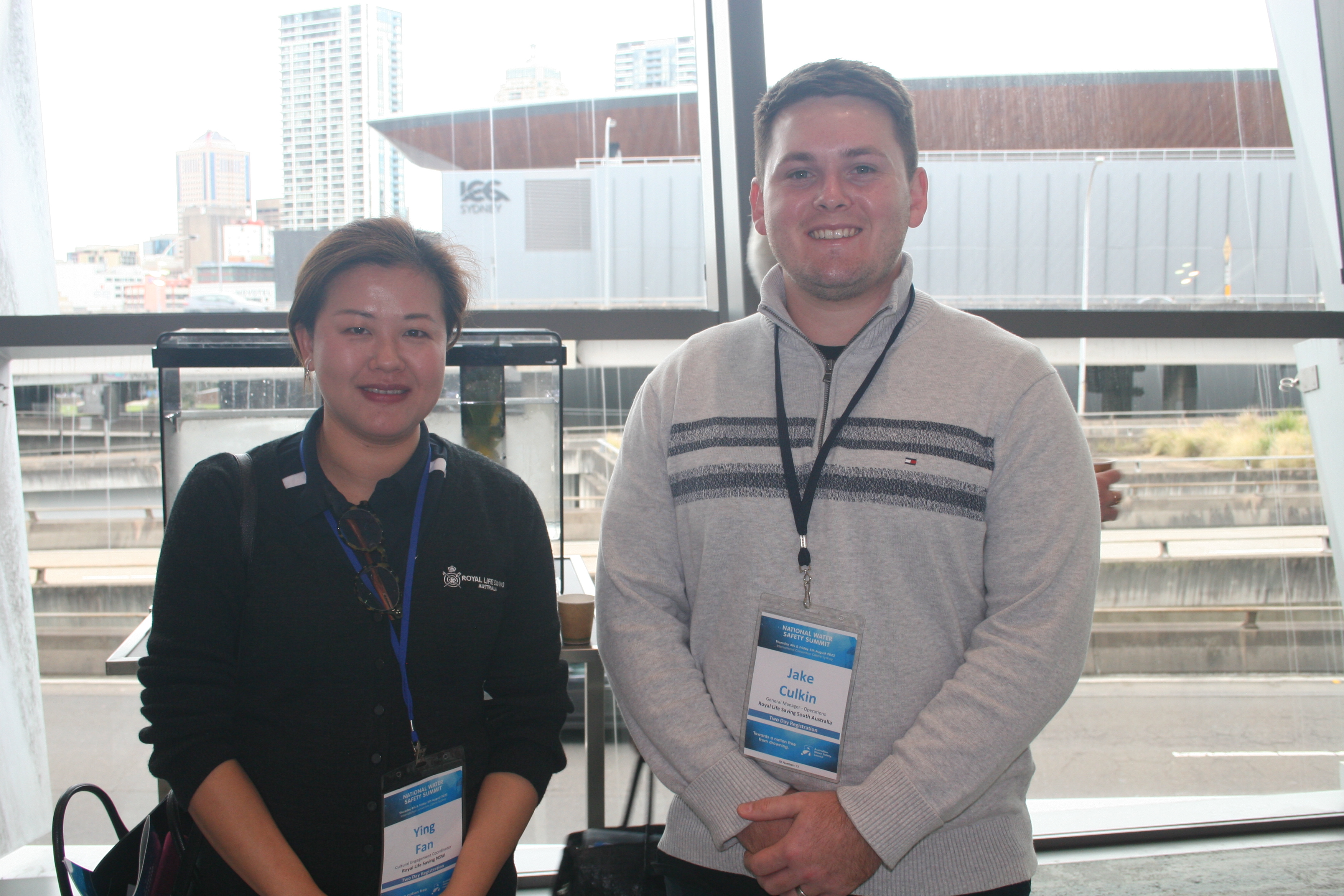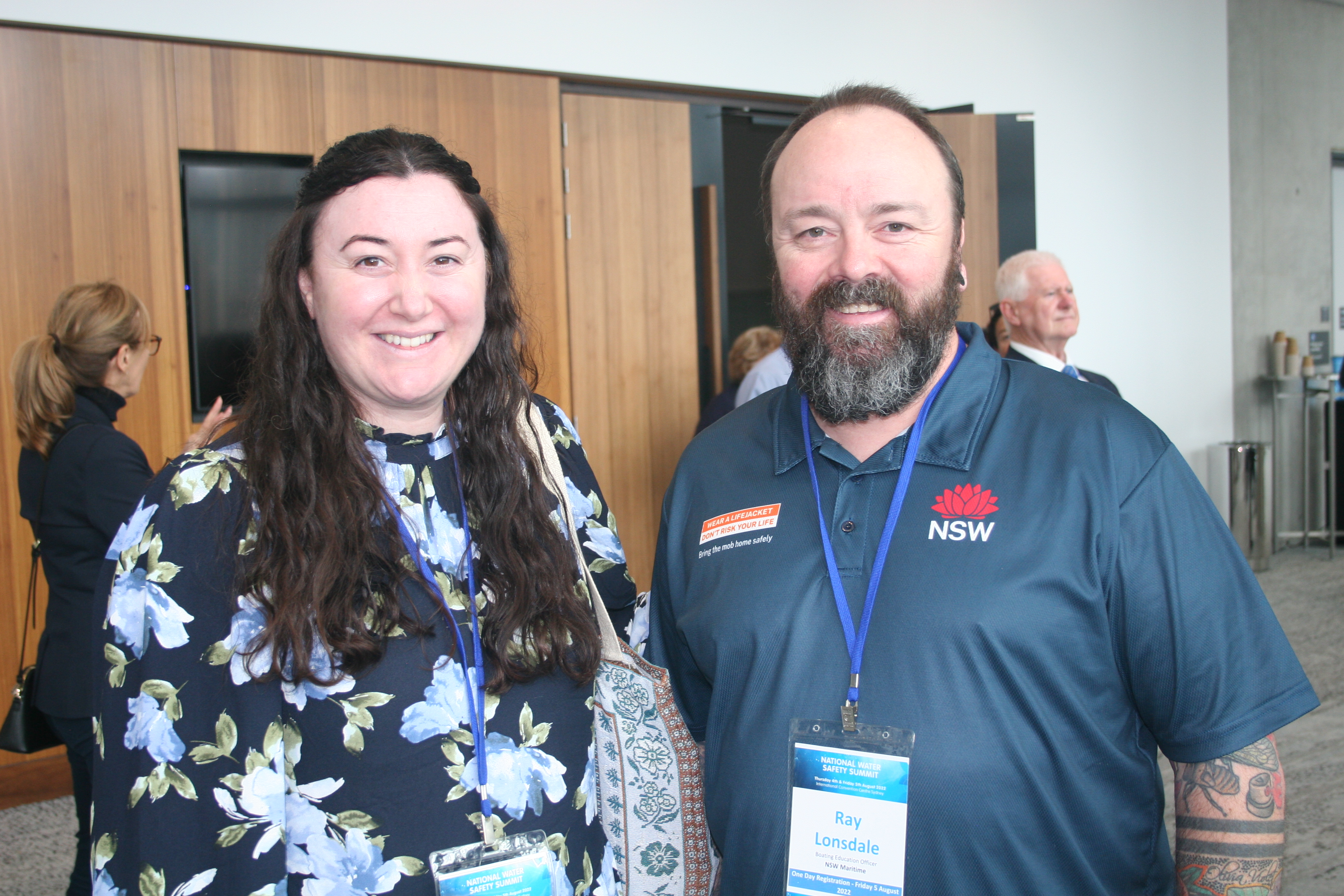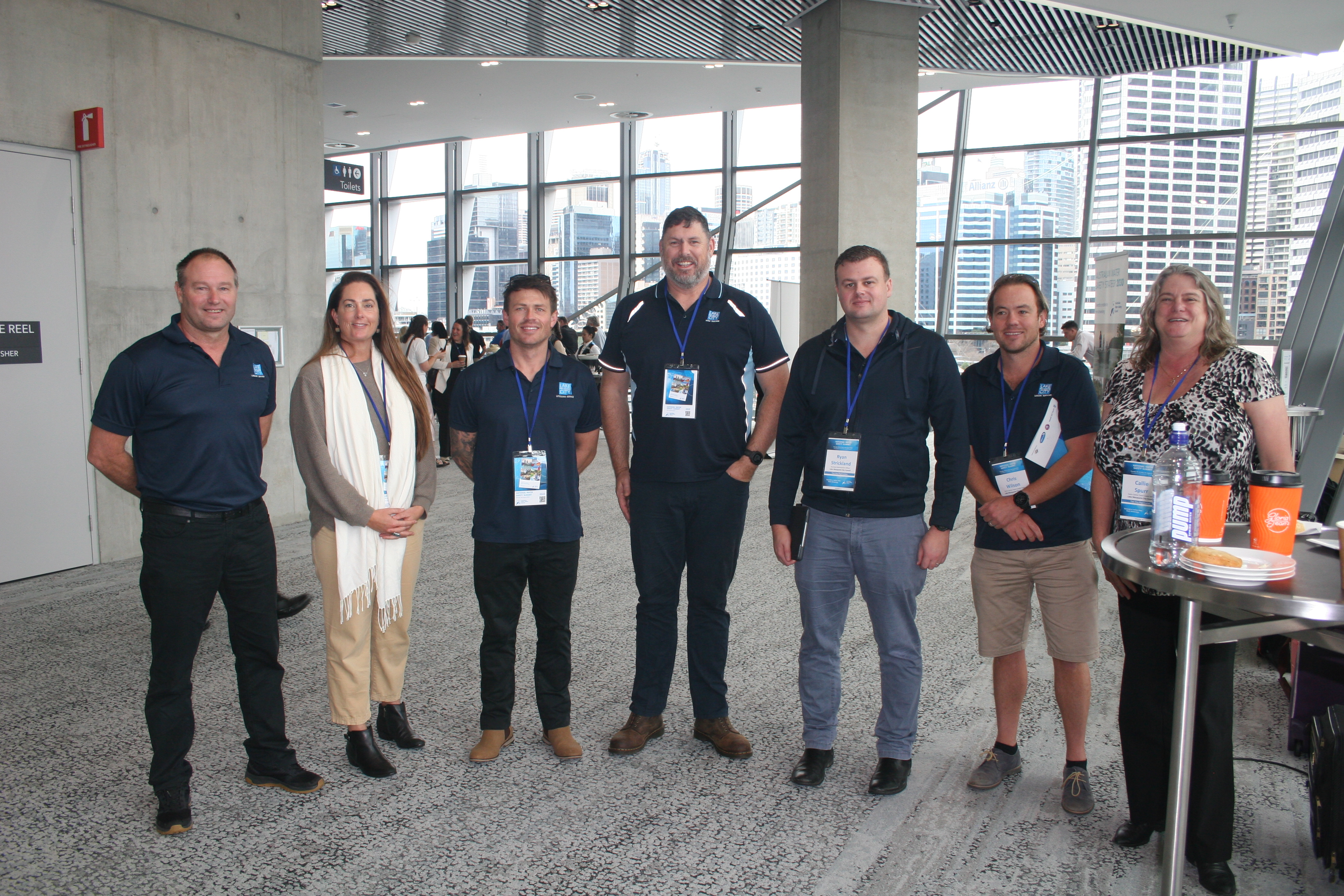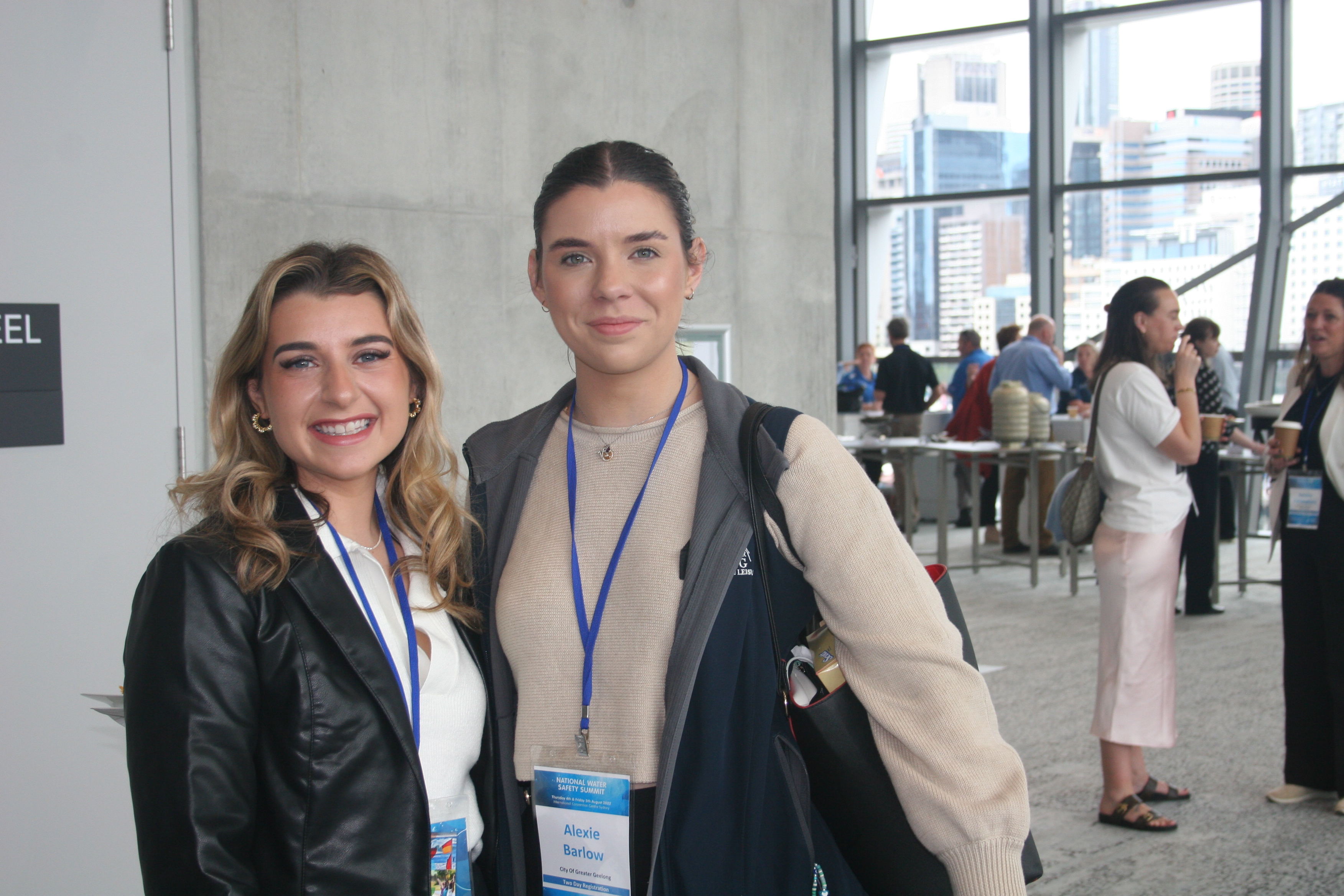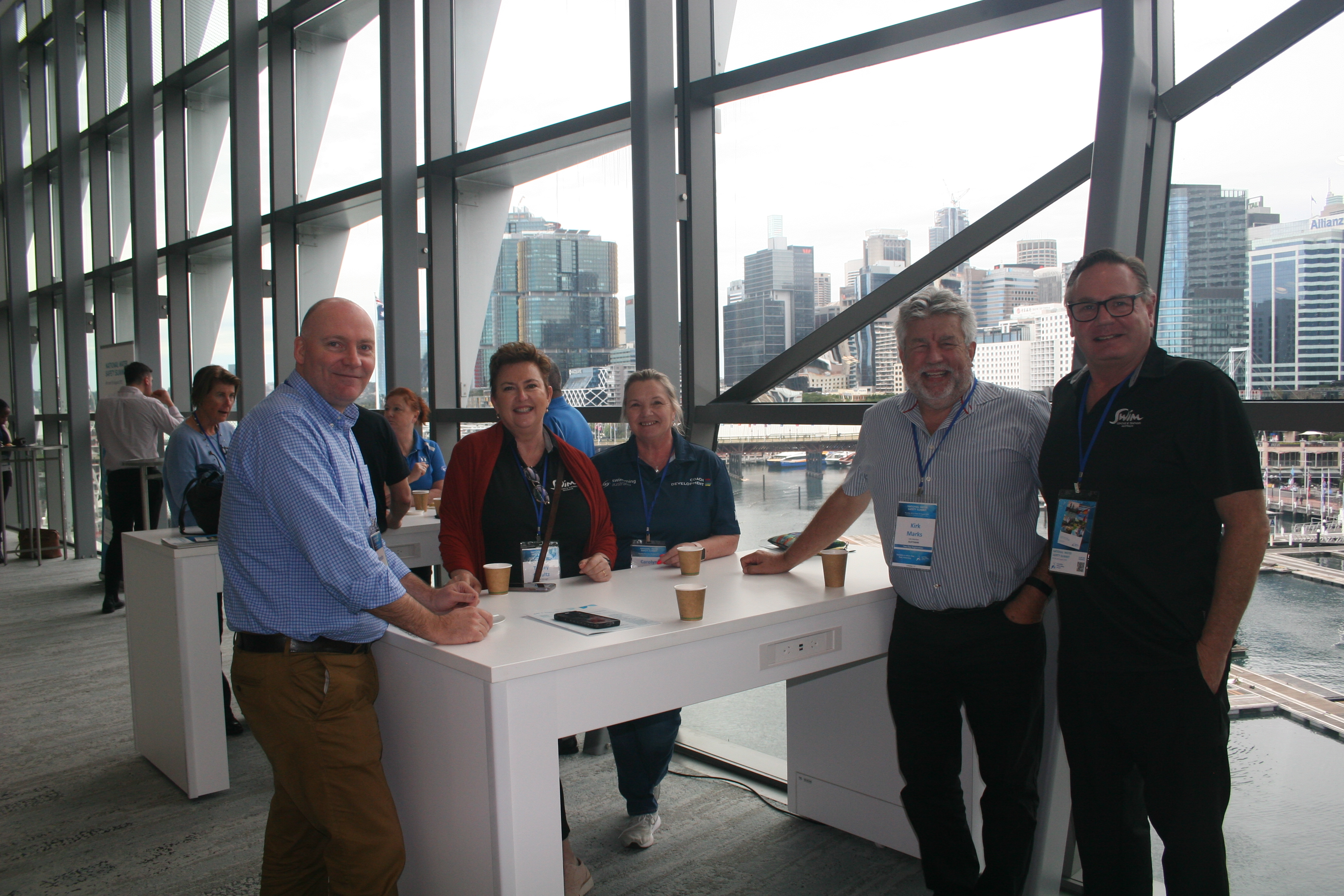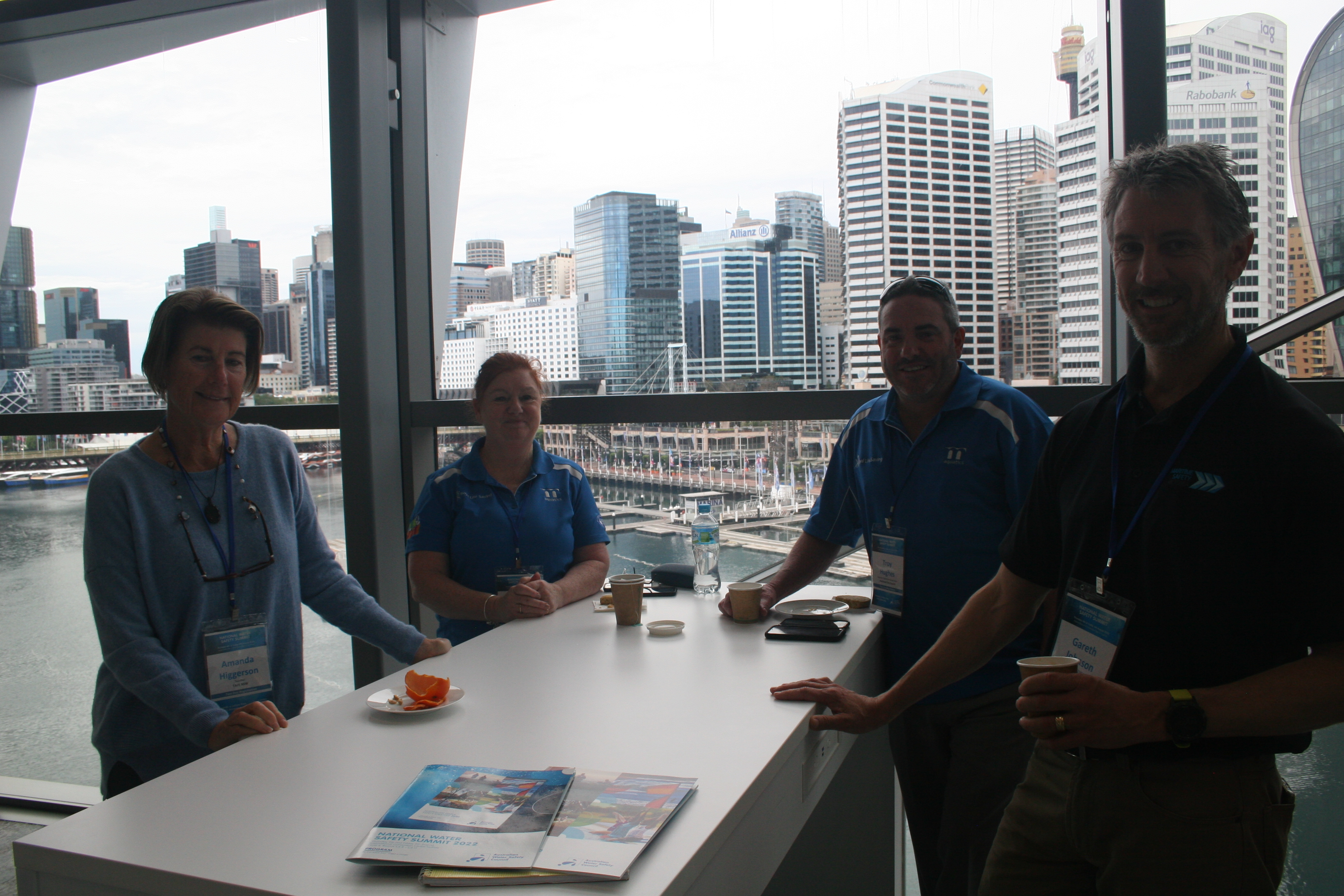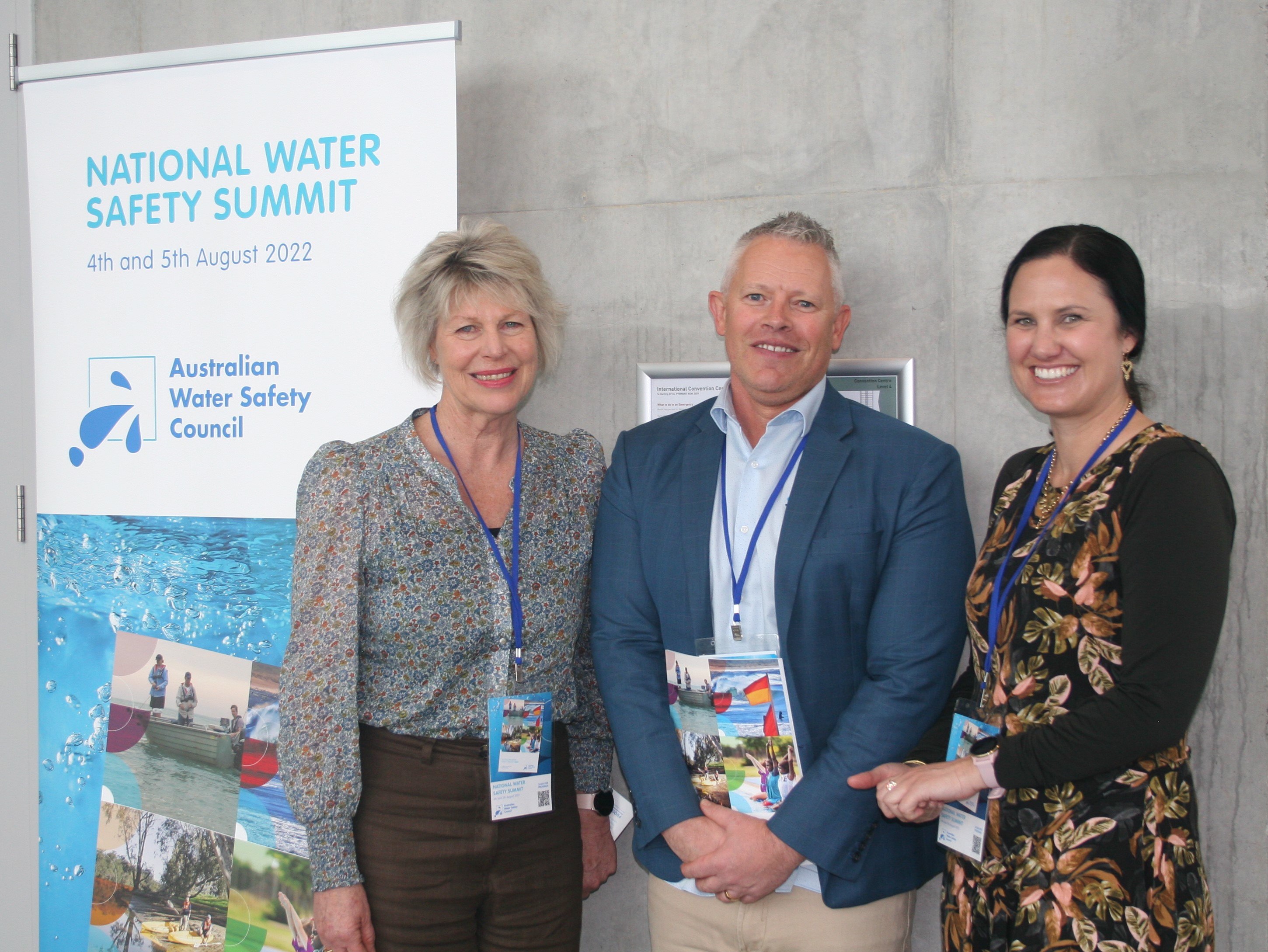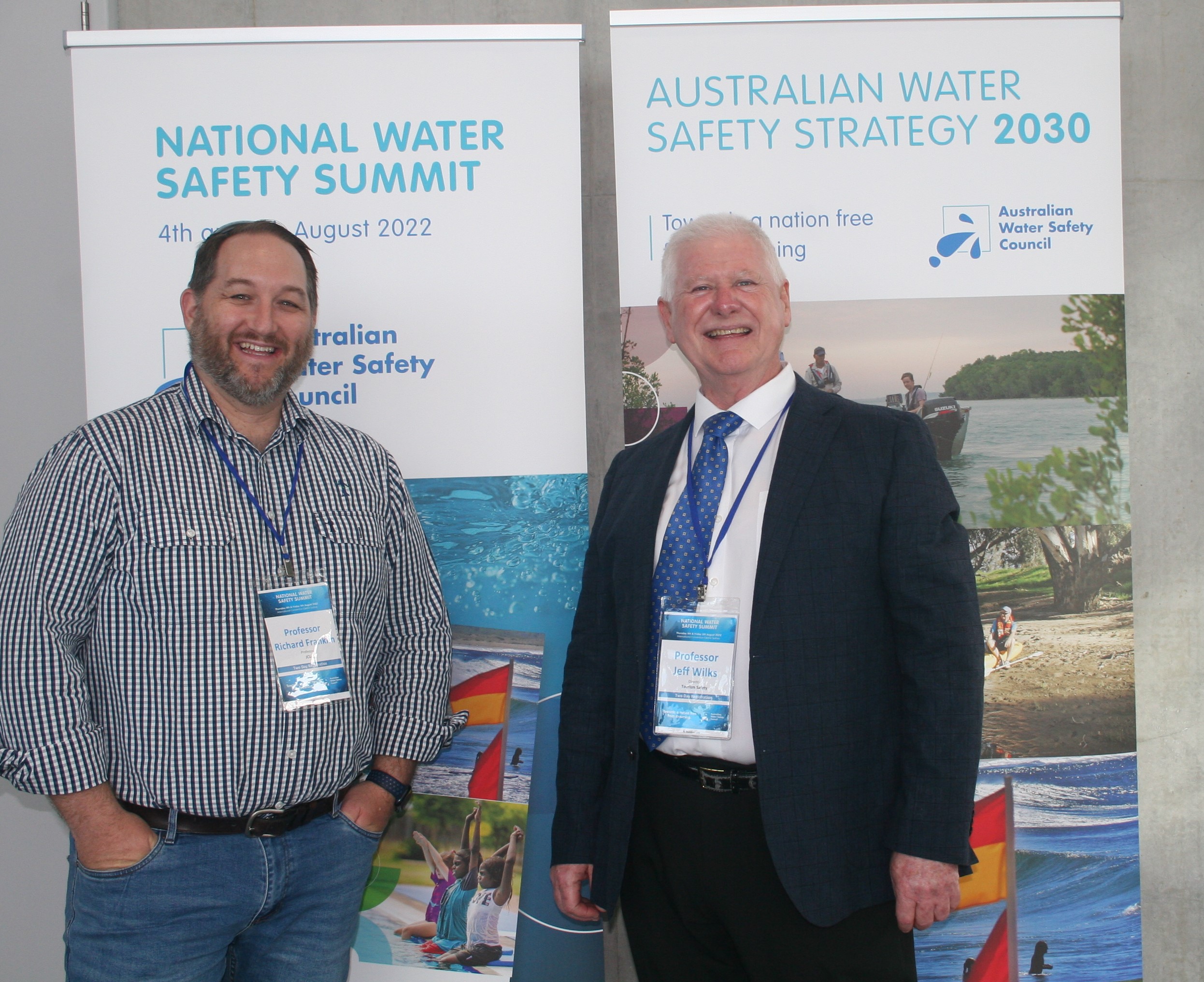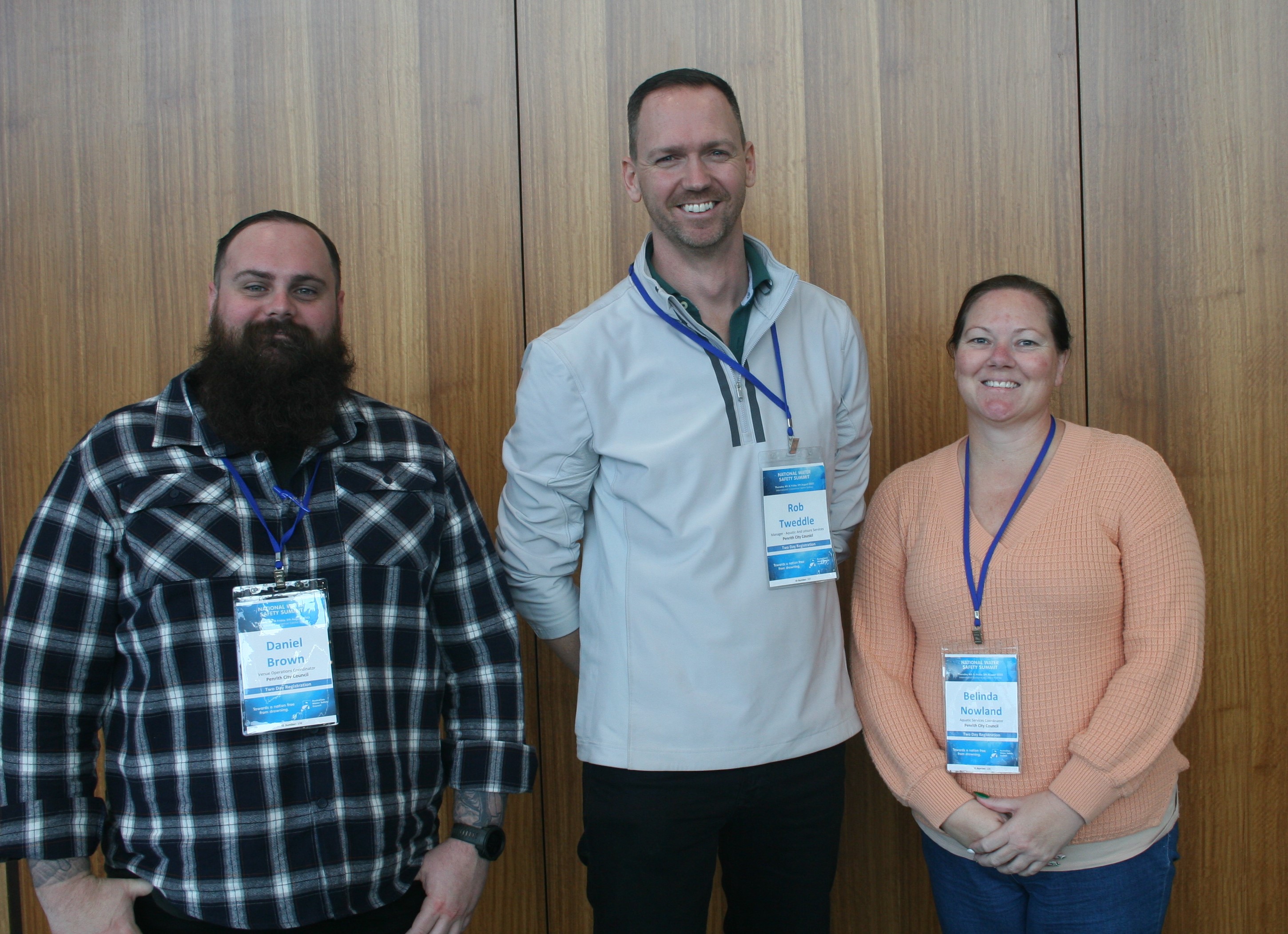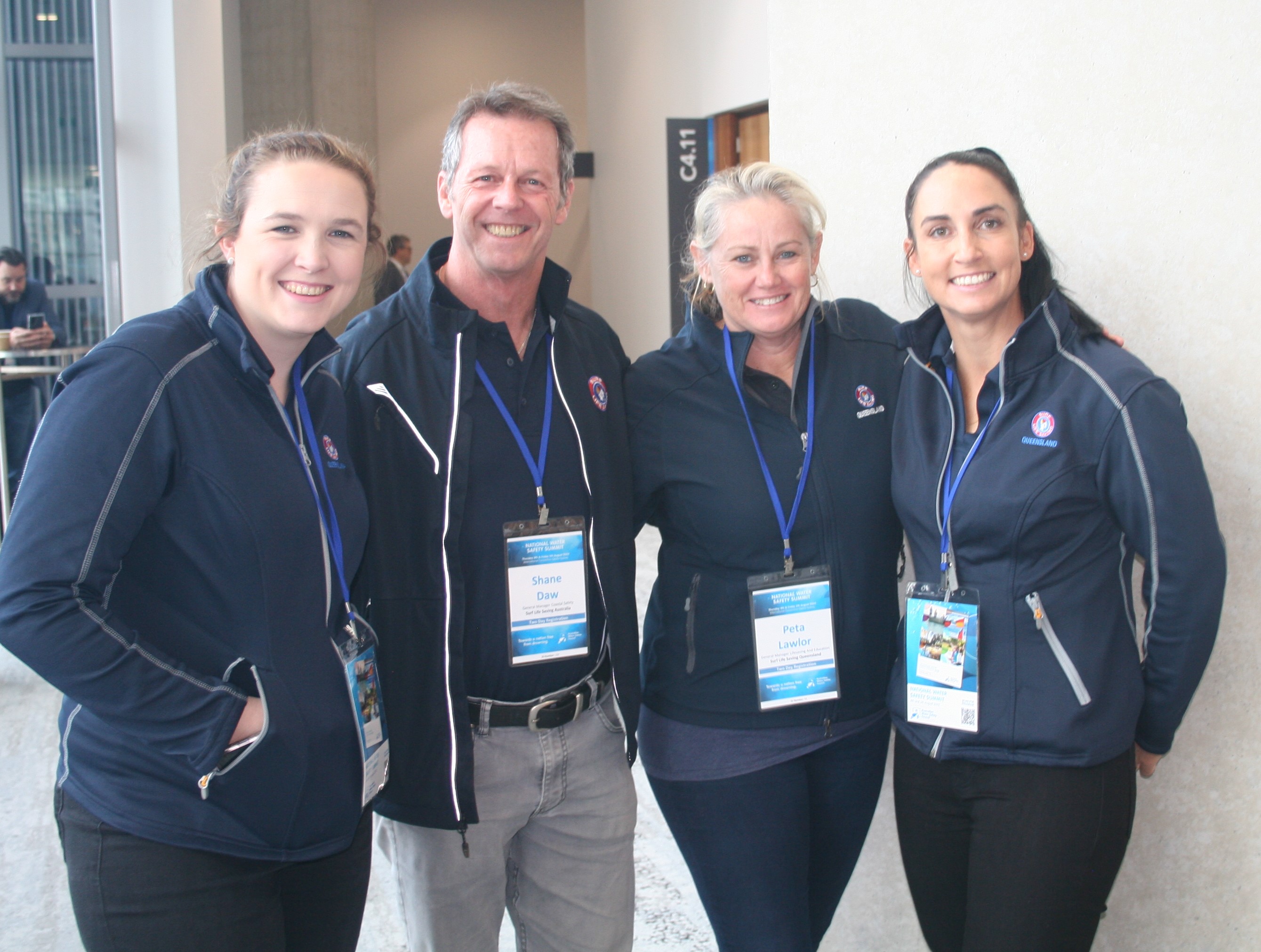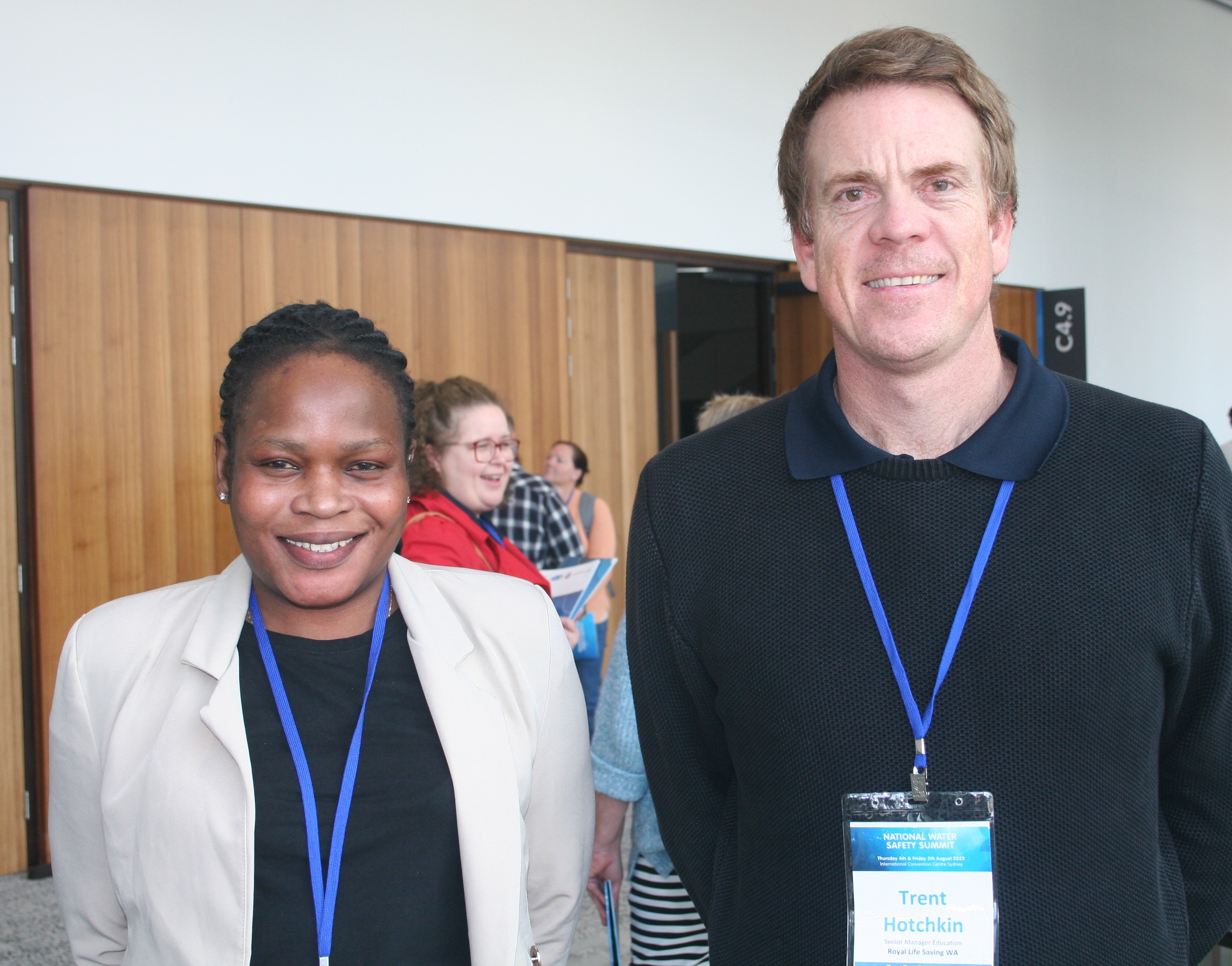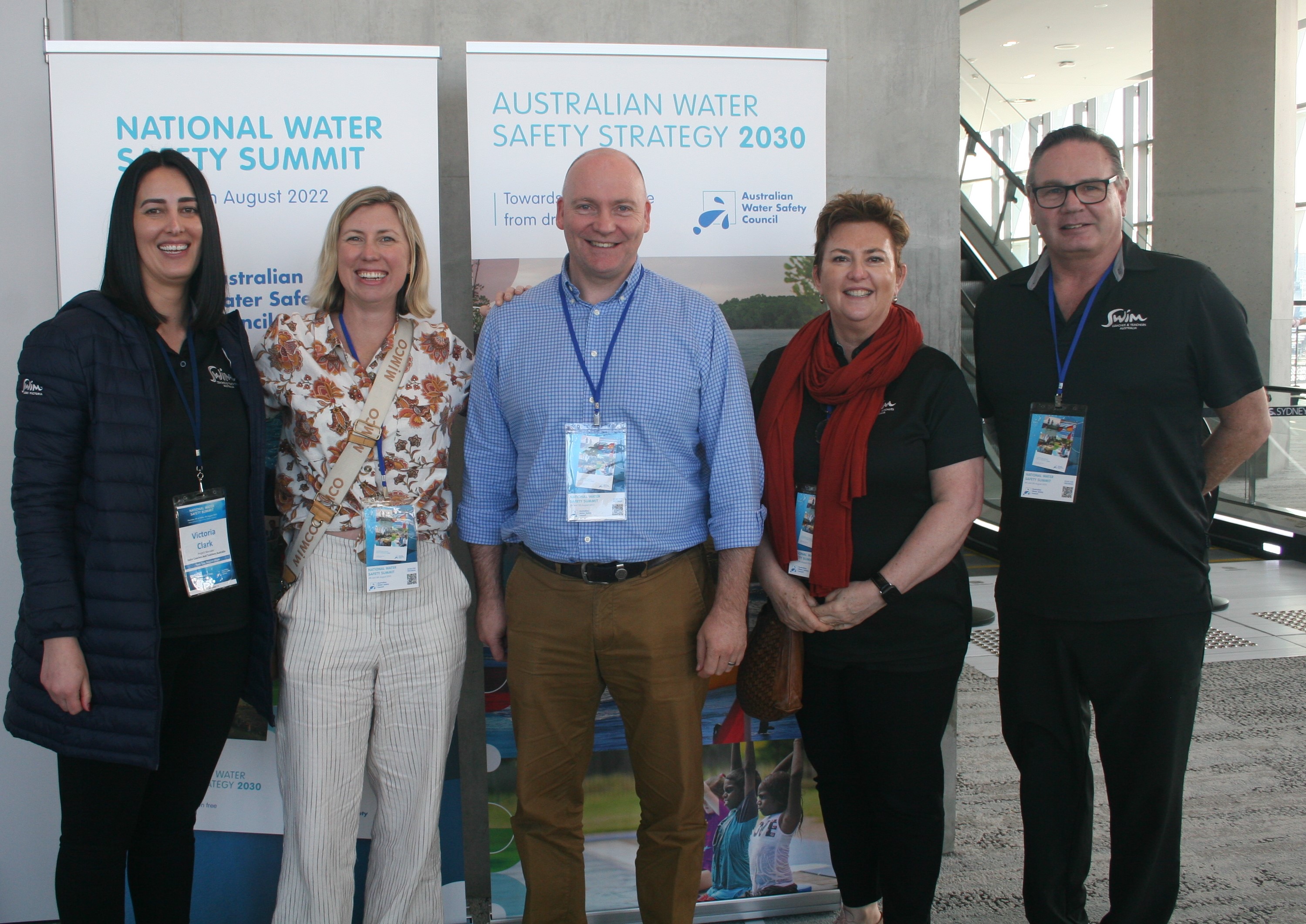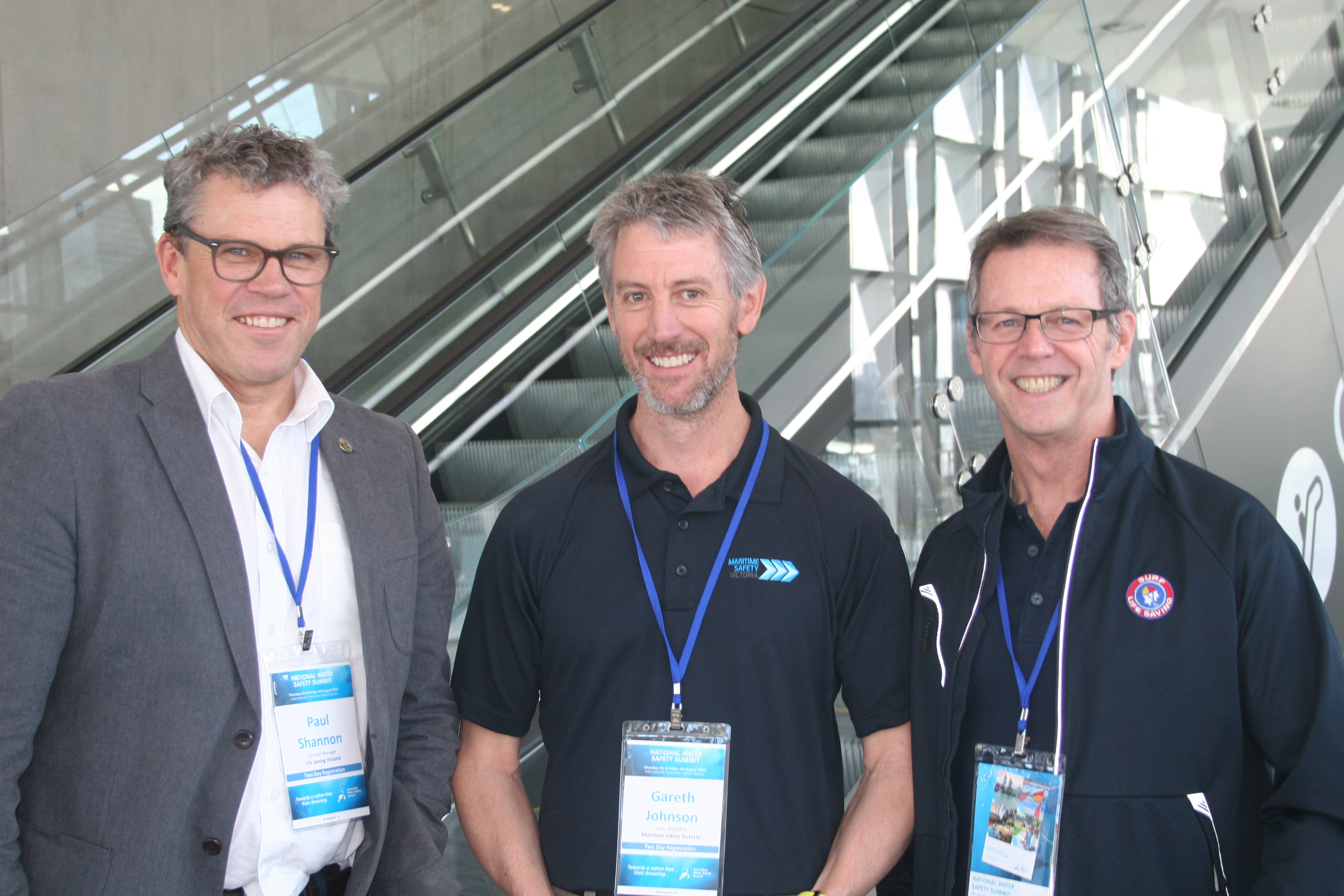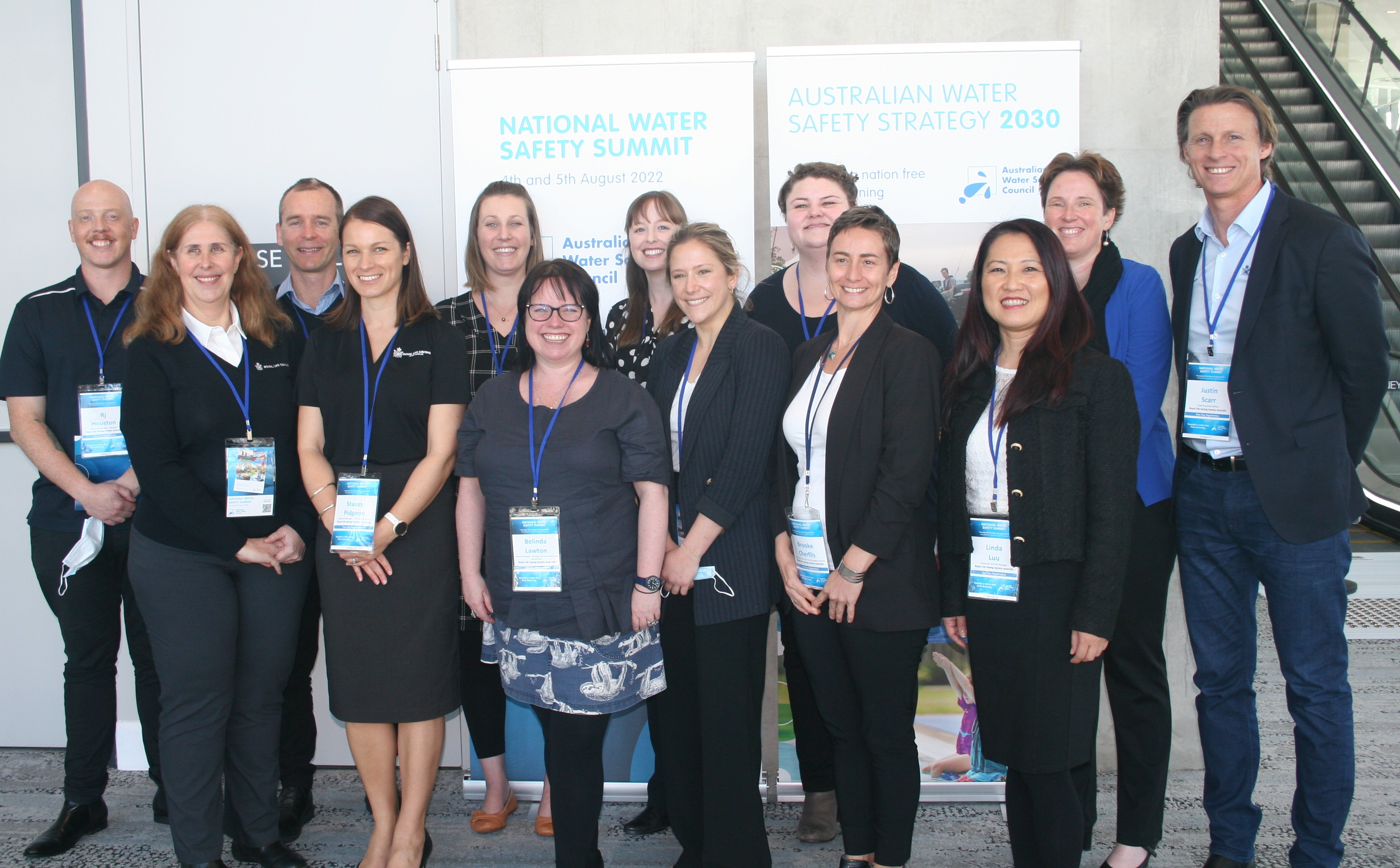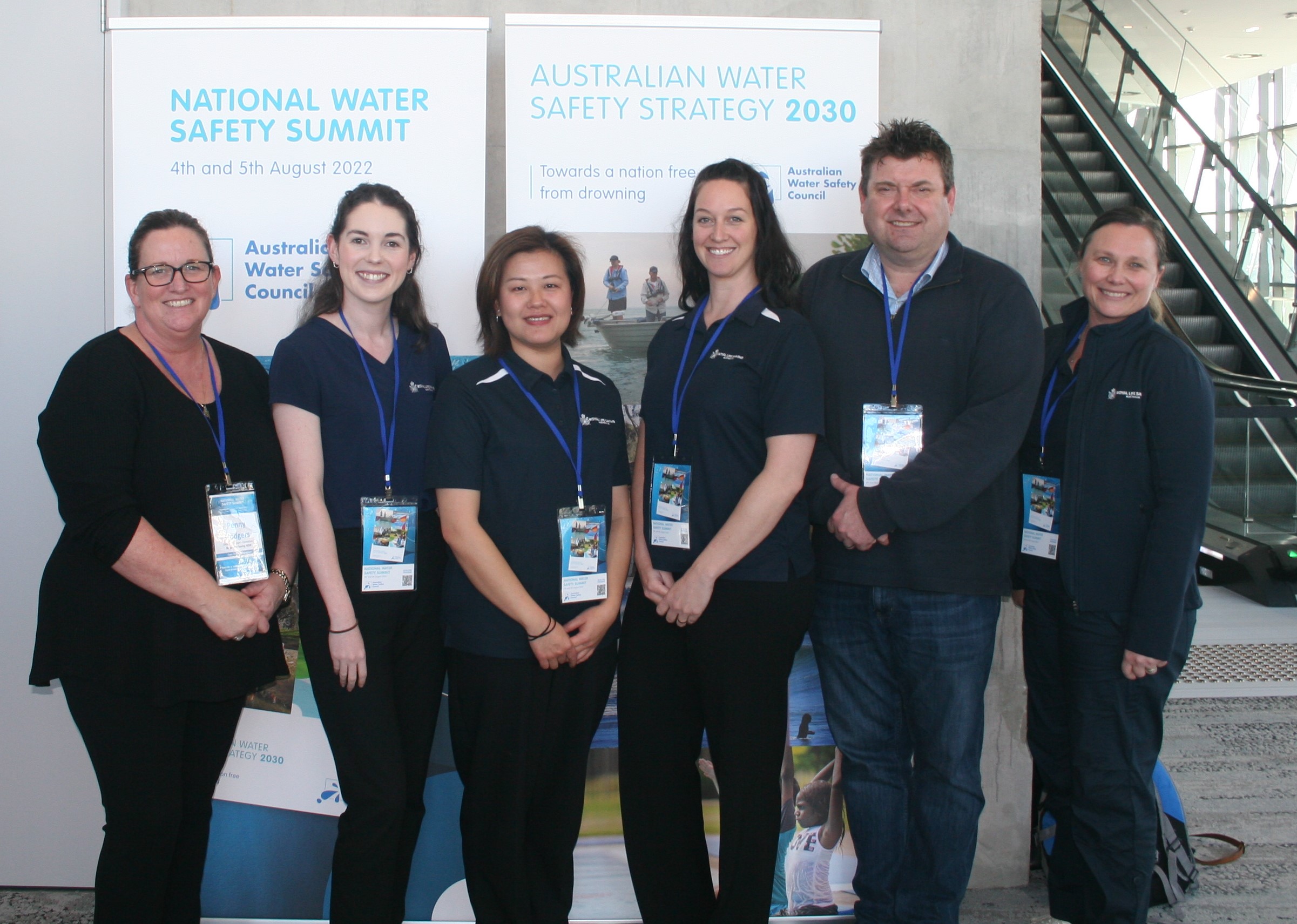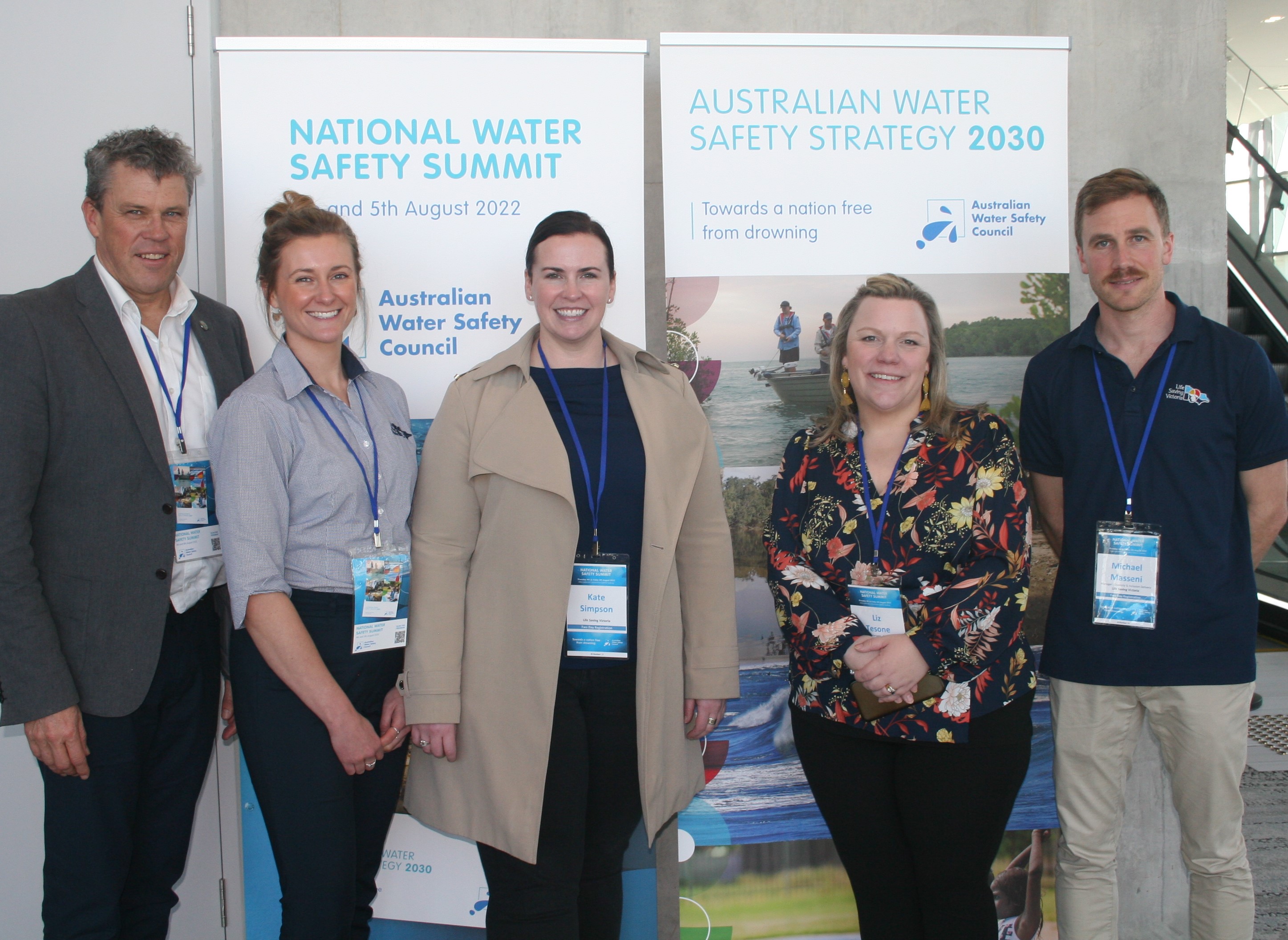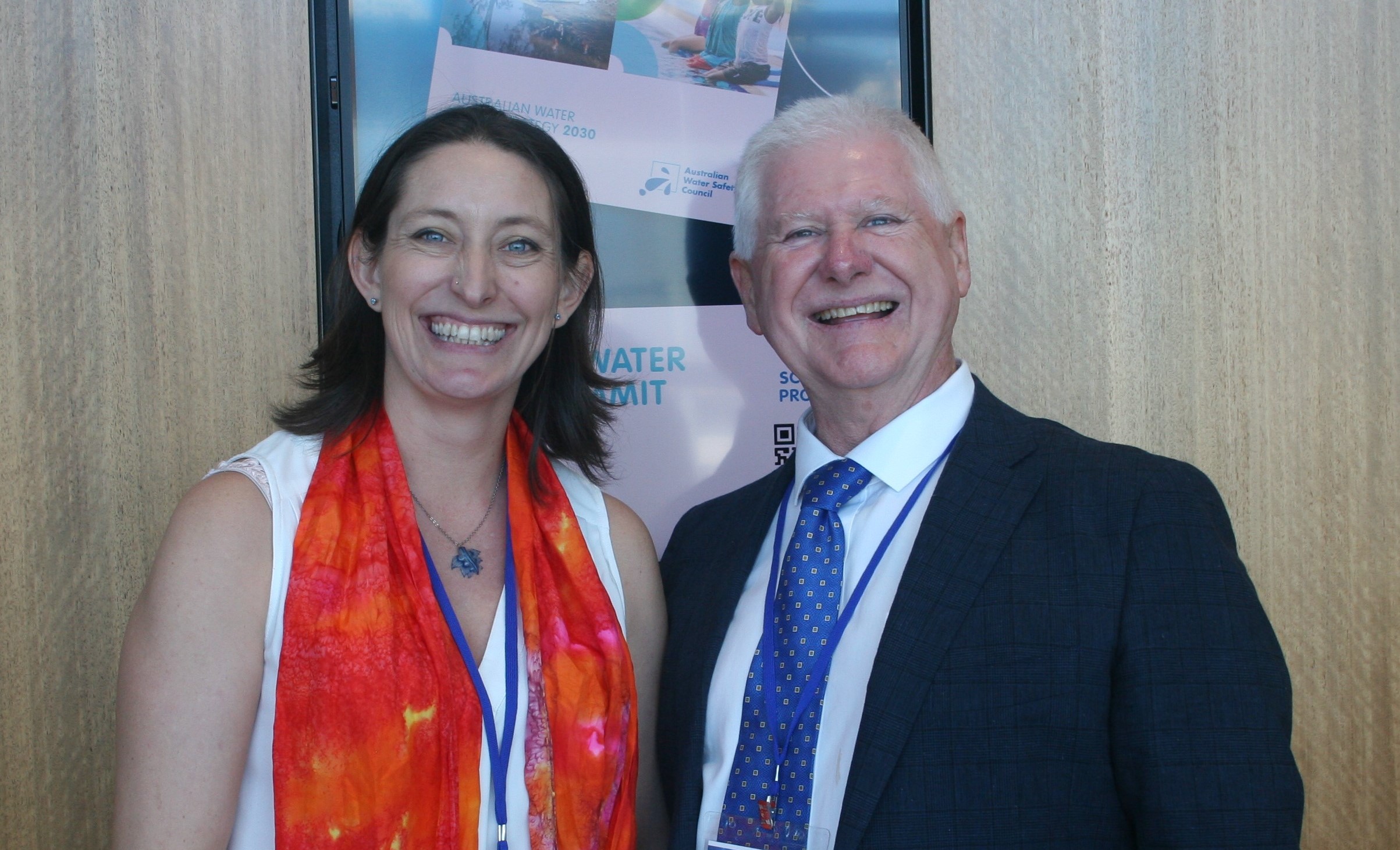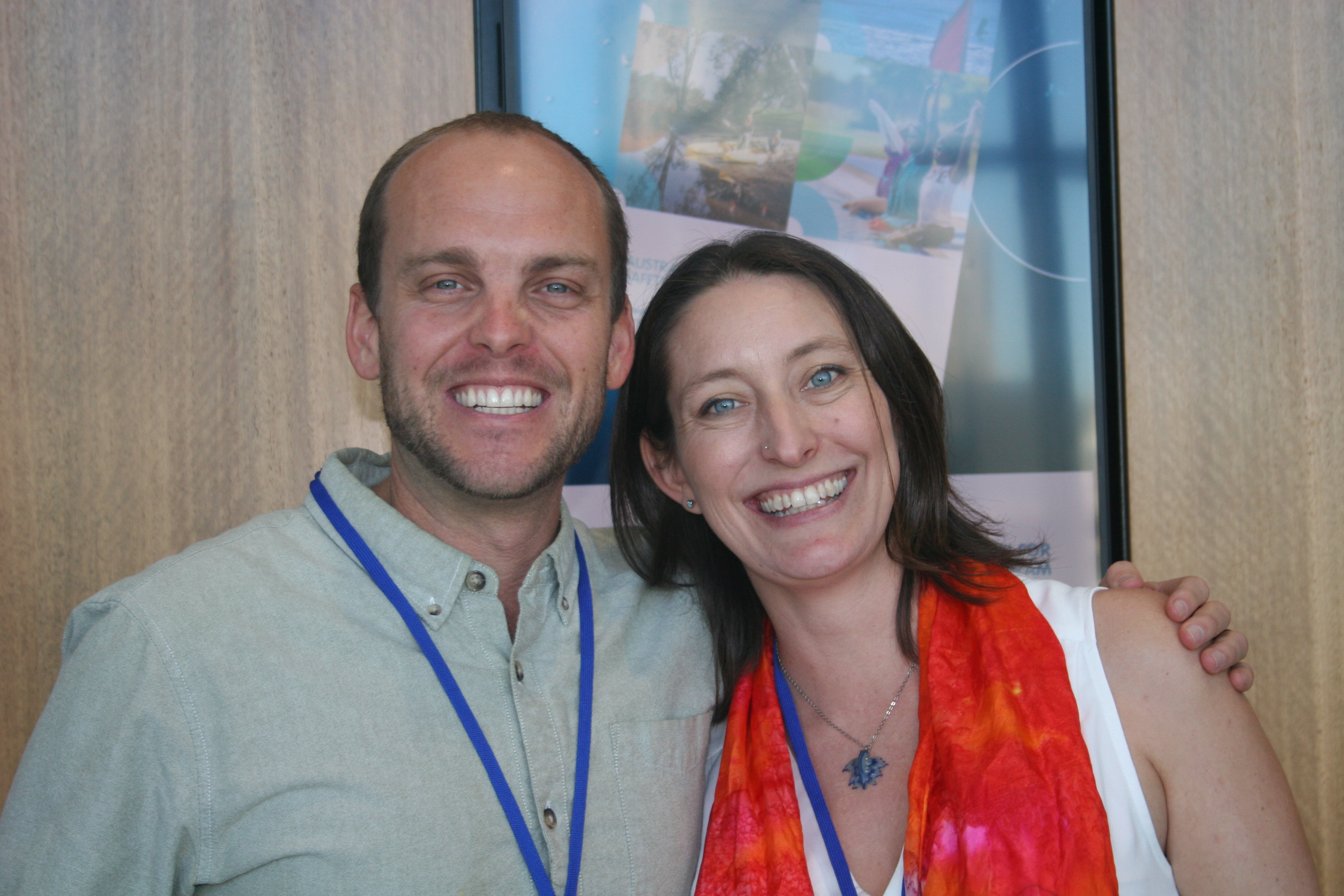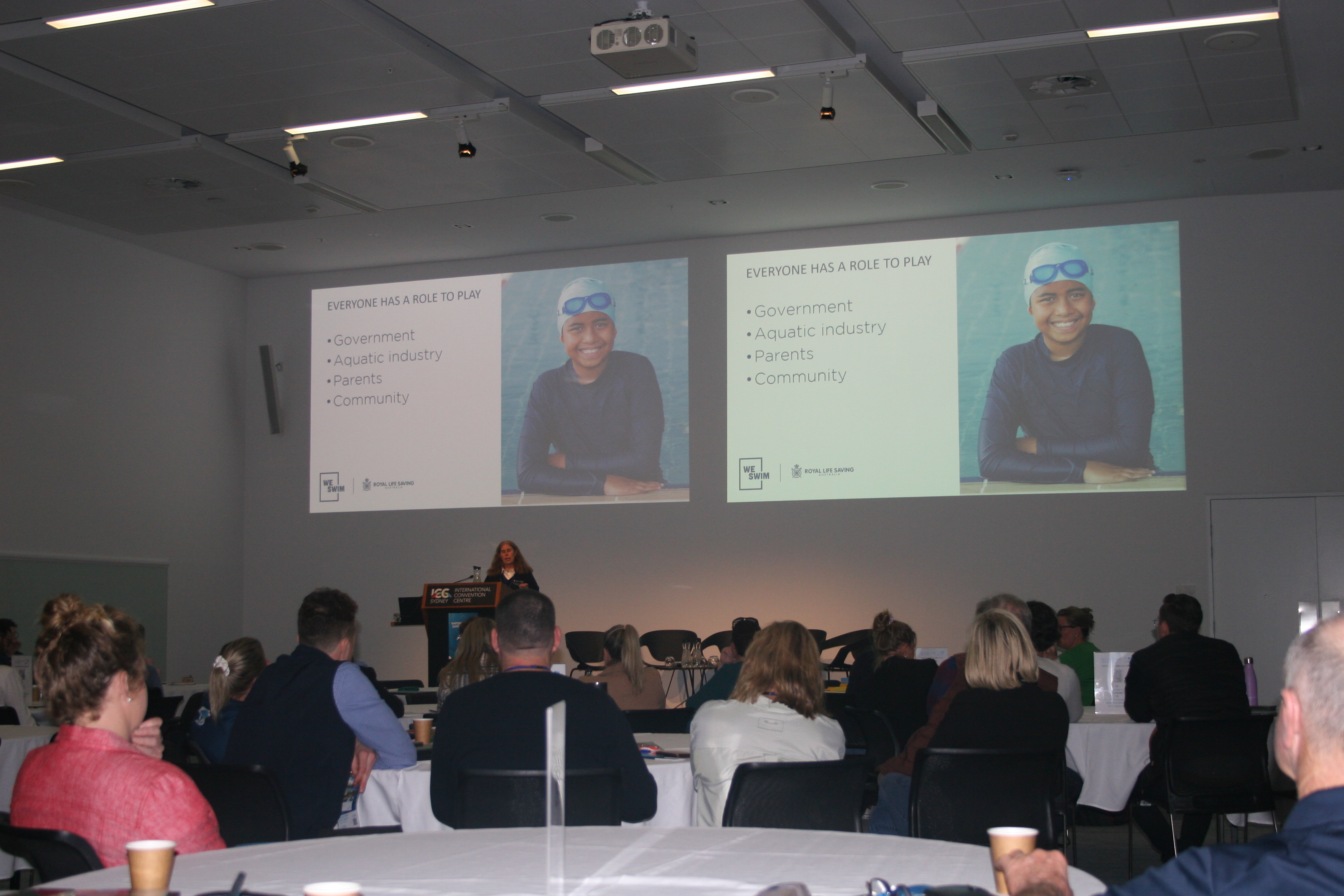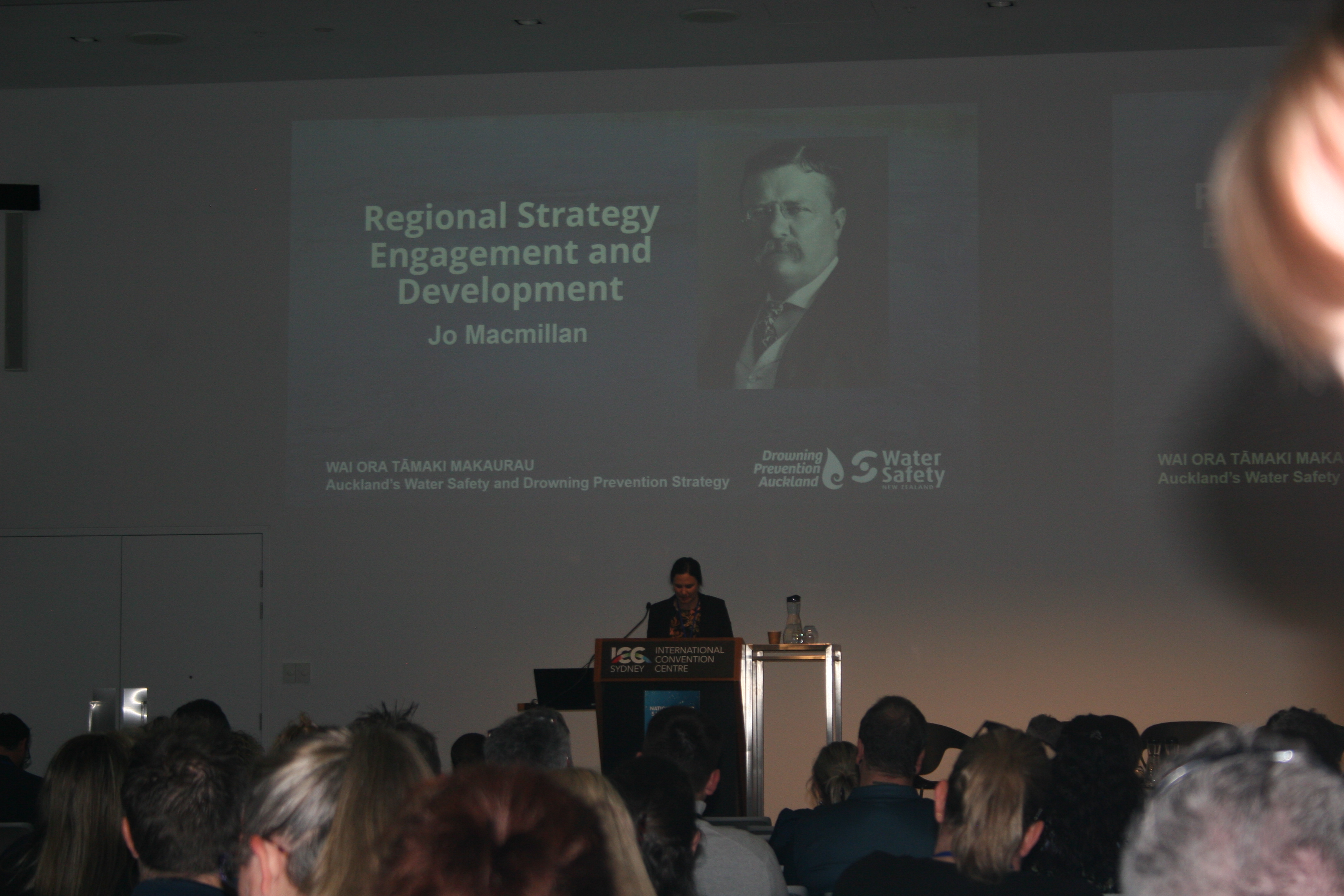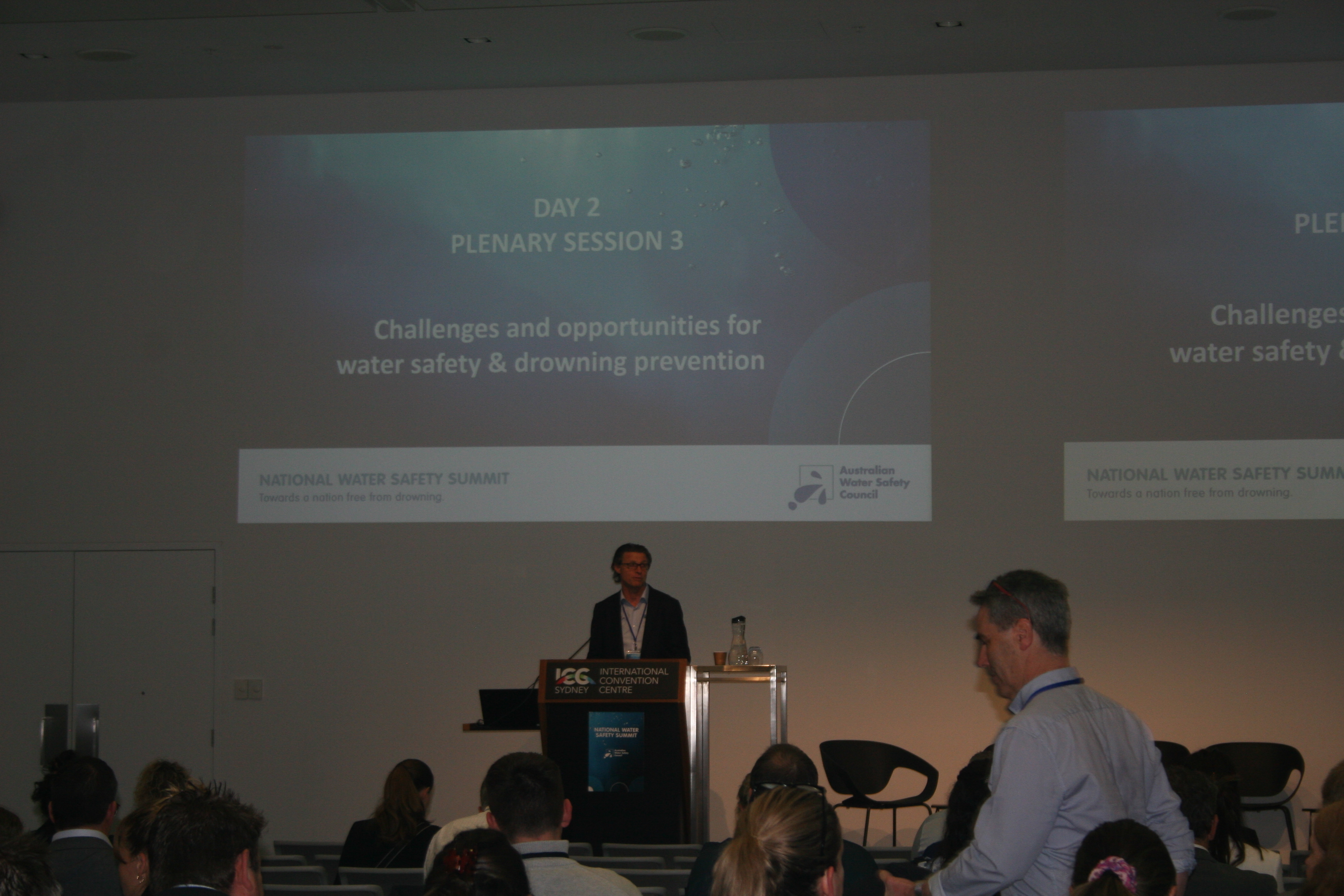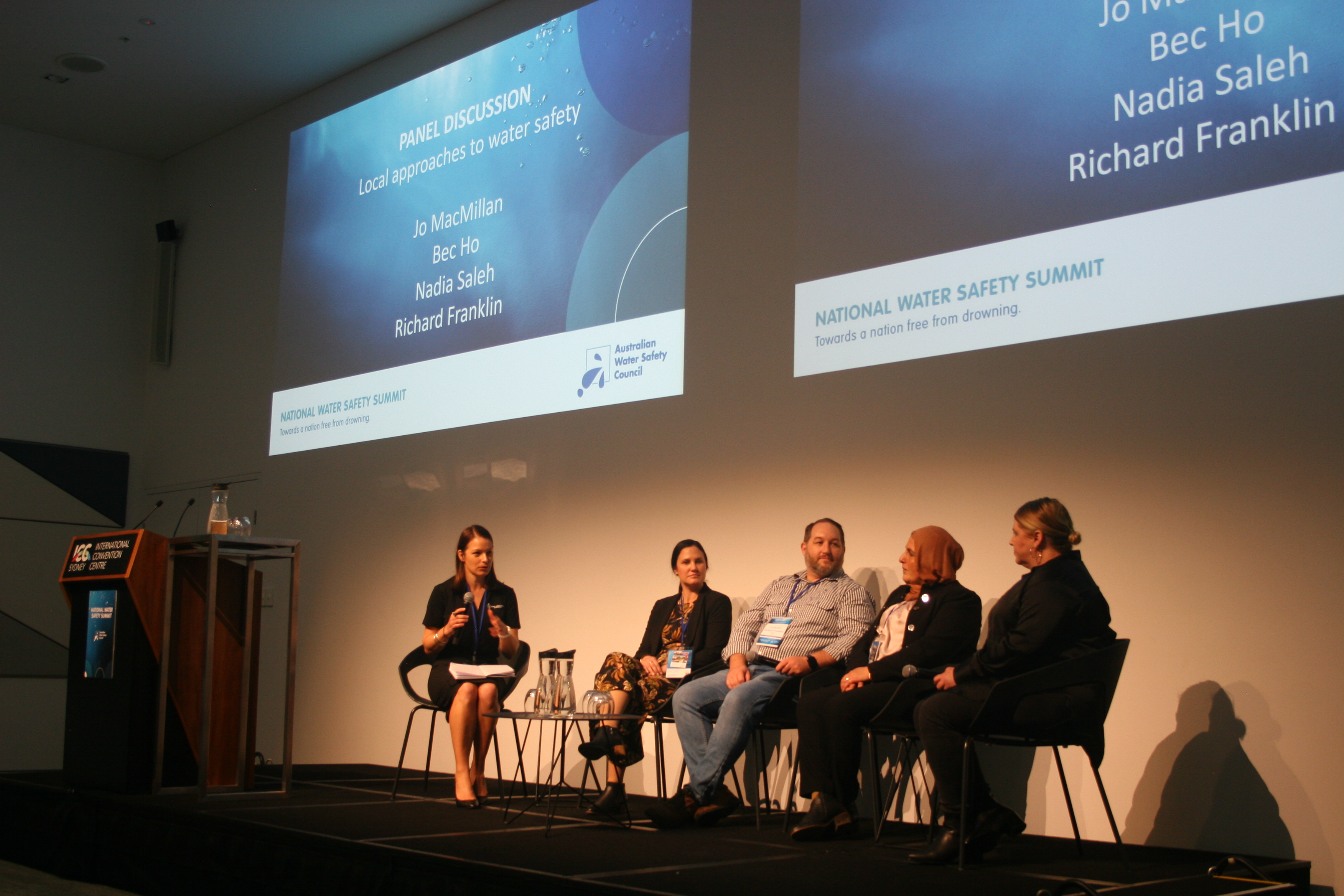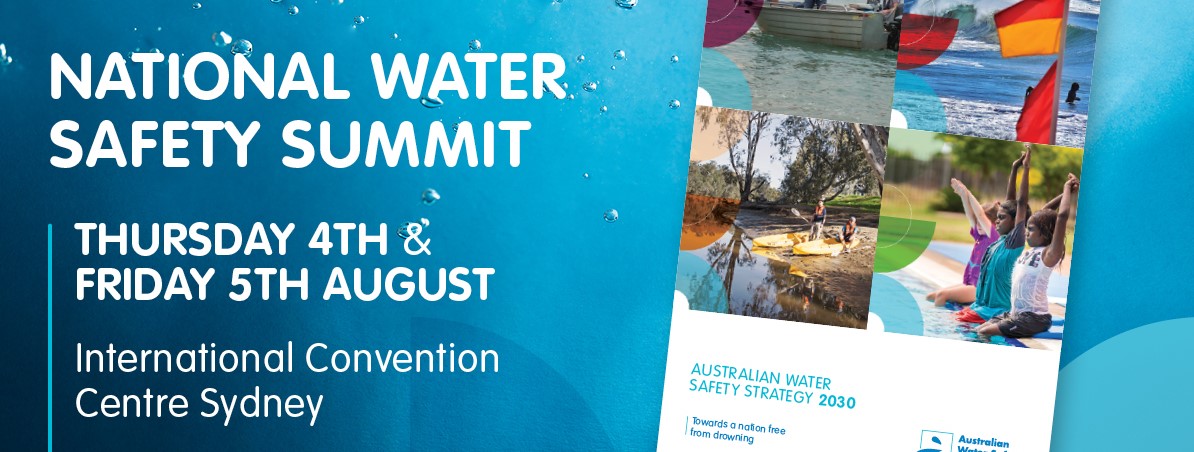More than 200 water safety experts from across Australia and New Zealand came together for the National Water Safety Summit 2022 which was an opportunity to refocus attention on drowning prevention and the joy of swimming.
The Summit, which was led by Royal Life Saving Society – Australia and Surf Life Saving Australia, was designed around the key at-risk groups identified in the Australian Water Safety Strategy 2030.
Over two days of intense discussion, the key themes that emerged were prevention, collaboration, co-design, and the value of sharing stories. Across the conference, many smaller organisations had the opportunity to learn from each other and share their experiences.
During the Summit, the new Australian Water Safety Council website was unveiled with a new tool for community groups to upload their activities on an interactive map. The new design is in response to the bloom of locally based community groups who have responded to the need for tailored water safety solutions.
These included representatives from community programs, often formed in response to drowning deaths within specific communities. The way the programs are tailored differs, but at their core every program is about empowering people to enjoy the water safely.
One of the most inspiring presentations came from Gulidjan girl Piper Stewart, who at just 12 founded the Bambigi Indigenous swimming program after recognising many of her Indigenous peers hadn’t learned to swim because of financial barriers. Bambigi means "to swim" in Wiradjuri, Griffith's traditional Aboriginal language. More than 300 children from the region around Griffith in NSW have now benefited from the program.
There were somber moments as we heard from families and friends who had lost loved ones to drowning, both in immediately fatal incidents, and non-fatal drowning where children survived the initial incident with lifelong disability and significantly shorted lifespan. We remember and honour their loss. It was a powerful reminder of why water safety is so important.
The program also focused on accessibility and heard about some terrific initiatives to make safe places to swim accessible to everyone, with investment into harbour and river swimming locations.
The aquatic industry was well represented, with discussions about their social, economic and health benefits and their role as hubs for communities. There are more than 1300 publicly-owned aquatic facilities in Australia contributing to physical activity levels and water safety education.
Core issues of concern raised included the affects of COVID-19 on children learning to swim, and the ongoing workforce pressures after many young people were forced to leave the industry over the past two years. Swim schools are reporting significant wait times for learn-to-swim classes, as they struggle to recruit swimming and water safety teachers.
It was also an opportunity for those in government with responsibility for swimming and water safety to come together and discuss how different states and territories are tackling the problem of getting children who missed out during COVID-19 back into water safety.
Researchers from leading universities and the peak water safety bodies presented on new and ongoing research projects, including looking at the factors which disrupted active supervision of children, leading to drowning deaths.
Chair of the Australian Water Safety Council, Justin Scarr thanked all the water safety experts who attended, including researchers, practitioners, people with lived experience, government, aquatic industry and not-for-profit organisations.
A report summarising the ideas discussed and emerging areas of collaboration and research will be released in the coming weeks.
